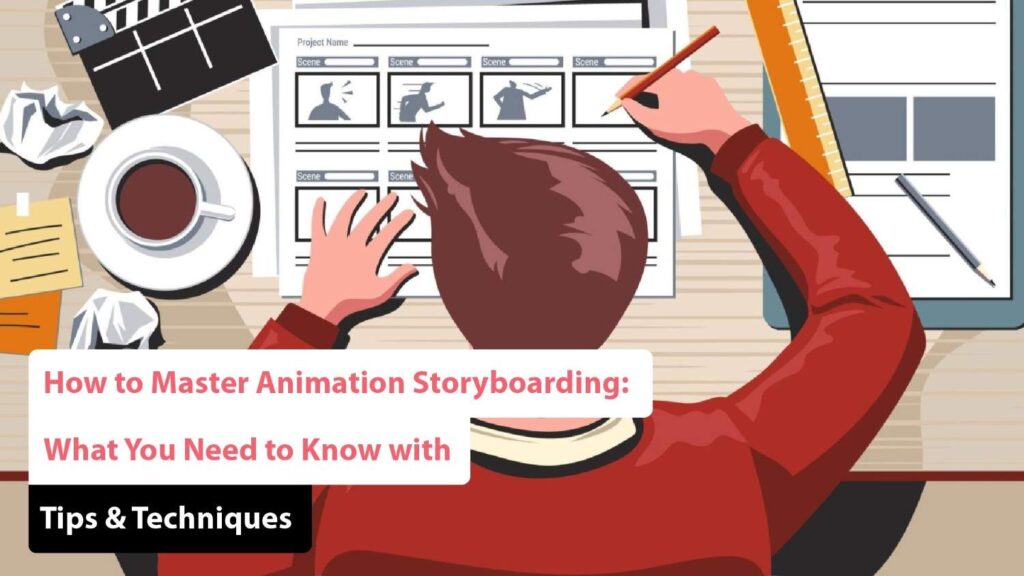
Storyboarding remains one of the most crucial steps in the animation pipeline. As technology continues to evolve and storytelling techniques expand in 2025, mastering animation storyboarding techniques has never been more vital. Whether you’re an aspiring animator or a seasoned professional, knowing how to create a storyboard for animation can transform the way your ideas are visualized, communicated, and executed.
This guide covers everything you need to know about mastering storyboarding in animation, from the fundamentals to advanced tips and techniques. We’ll break down the step-by-step guide to animation storyboarding, offer real-world examples, and showcase helpful templates to ensure you can bring your vision to life.
What is Animation Storyboarding?
In essence, an animation storyboard is a visual blueprint of an animated production. It is a series of frames or sketches that represent the progression of scenes, camera angles, character actions, dialogues, and transitions. Think of it as a visual script that lays the groundwork for the entire animation project.
In 2025, storyboarding is more digital, interactive, and collaborative than ever before. With advanced tools and cloud-based platforms, teams can work seamlessly in real-time regardless of location.
Why Storyboarding is Essential for Animation
- Improves Planning: A well-crafted storyboard provides a roadmap that aligns directors, animators, sound designers, and editors.
- Saves Time and Money: Catching issues early in the storyboard stage prevents expensive changes during animation production.
- Enhances Visual Storytelling: Storyboards guide the pacing, framing, and emotion of every scene.
- Boosts Collaboration: Shared storyboards help teams visualize the same goals and maintain consistency throughout.
Mastering the art of storyboarding is foundational for any animator seeking to tell impactful stories efficiently and creatively.
Step-by-Step Guide to Animation Storyboarding
Follow this step-by-step guide to animation storyboarding to structure your ideas effectively:
1. Define the Story and Characters
Before drawing anything, understand the core story:
- Who are the characters?
- What is the message or theme?
- What tone or mood should the animation have?
This clarity sets a strong direction for your storyboard.
2. Write a Script
Write a simple, clear, and visual-friendly script. Break it into scenes and actions. Each line or block of dialogue should correspond to a frame or panel in your storyboard.
3. Create a Shot List
Think like a director. Choose camera angles, transitions, and shot durations:
- Wide shots for setting the scene
- Close-ups for emotional expressions
- Over-the-shoulder shots for conversations
A shot list ensures you don’t miss visual opportunities and keeps your sequence smooth.
4. Sketch the Panels
Using paper or software, begin sketching the scenes. Focus on the following:
- Composition
- Character poses
- Key actions
- Background elements
- Arrows to show movement or camera directions
This is where animation storyboard examples and templates can be helpful.
5. Add Notes and Dialogue
Each panel should include:
- Dialogue or narration (if any)
- Sound effects
- Music cues
- Scene description
- Timing estimates
6. Review and Revise
Storyboards are dynamic. Review with your team or peers and revise based on feedback. A flexible mindset ensures your storyboard evolves to its strongest form.
Animation Storyboarding Techniques to Master
Here are some essential animation storyboarding techniques that every animator should know:
1. The Rule of Thirds
Divide the frame into three equal sections horizontally and vertically. Place key elements along these lines or intersections to create balanced and visually engaging compositions.
2. Arcs and Flow
Characters and objects move in arcs, not straight lines. This principle should be reflected in your storyboard to capture natural movement and rhythm.
3. Silhouette Clarity
Make sure character poses are clear even in silhouette. If you can’t understand what’s happening without details, the pose needs work.
4. Visual Continuity
Maintain spatial relationships across shots so the viewer doesn’t get lost. Don’t break the 180-degree rule unless for creative impact.
5. Framing and Perspective
Use foreground, middle ground, and background to add depth. Creative camera angles like Dutch tilts or bird’s eye views can enhance storytelling.
6. Timing and Pacing
A storyboard should include timing notes. Quick cuts build intensity, while longer shots add drama or calm.
Best Storyboarding Tips for Animators in 2025
Technology and industry expectations are evolving fast. Here are top best storyboarding tips for animators to stay ahead in 2025:
1. Use Digital Tools
Leverage software like Storyboard Pro, Toon Boom, Adobe Fresco, or Blender Grease Pencil for efficient digital sketching, timing, and audio syncing.
2. Collaborate in the Cloud
Tools like Boords, Frame.io, and Miro allow for real-time team reviews, annotations, and approvals.
3. Keep It Rough First
Don’t aim for perfection in early stages. Rough sketches capture energy and allow quick revisions.
4. Reuse and Recycle Assets
Create a library of frequently used elements like character poses, backgrounds, or props to save time.
5. Practice Thumbnailing
Start each storyboard with very rough, tiny sketches (thumbnails) to quickly explore different visual ideas.
6. Study Animated Films
Break down your favorite scenes and redraw their storyboards. This builds your visual library and improves your shot choices.
7. Build a Portfolio
Even if you’re a beginner, show you understand composition, action, and narrative. Share on platforms like ArtStation, Behance, or your personal website.
Animation Storyboard Examples and Templates
Here are a few formats that you can use when starting out:
Classic 3×3 Grid Template
A nine-panel layout ideal for short sequences. Great for thumbnails or rough pass storyboarding.
Vertical Storyboard Format
Popular in mobile content and social media production.
Feature Animation Template
Larger panels with space for action notes, dialogue, and timing under each panel.
You can find animation storyboard examples and templates online from platforms like Canva, Boords, and StudioBinder, or create your own using Photoshop or Procreate.
Storyboarding Fundamentals for Beginners
Here are simplified storyboarding fundamentals for beginners to ensure you start strong:
A. Understand Visual Hierarchy
Always guide the viewer’s eye. Use size, placement, and contrast to emphasize important elements.
B. Show, Don’t Tell
Use visuals to convey mood, emotion, and action. Don’t rely too much on dialogue.
C. Think Like a Director
Frame shots cinematically. Ask yourself: where is the camera? What does the audience see? When does the camera move?
D. Plan for Animation
Remember, you’re not just drawing stills. You’re planning action. Think about timing, in-betweens, and transitions.
E. Use Feedback
Even great artists need critique. Show your boards to mentors or peers and implement their suggestions.
Conclusion: Why Storyboarding Matters More Than Ever in 2025
As storytelling becomes more immersive and content demand continues to grow, the power of storyboarding in animation cannot be overstated. It’s not just a pre-production formality—it’s the heart of your project’s direction.
Mastering animation storyboarding techniques and understanding how to create a storyboard for animation will sharpen your storytelling instincts, boost collaboration, and save valuable time in production.
With the help of this step-by-step guide to animation storyboarding, you now have the tools to plan, visualize, and execute animations that captivate and connect. Whether you’re just starting out or refining your craft, keep exploring, sketching, and learning—because in the world of animation, your story begins with the board.
Frequently Asked Questions (FAQ’s)
What is animation storyboarding?
Animation storyboarding is a visual planning tool that involves creating a series of sketches or illustrations representing key moments in an animated project. It helps in visualizing the flow of action, camera angles, and transitions before animation begins.
Why is storyboarding important?
Storyboarding is crucial because it helps in organizing and planning the animation process, preventing potential problems, saving time and resources, and ensuring that the entire team understands the creative vision. It serves as a blueprint for the animation project.
How do I start creating a storyboard?
Begin by defining the narrative and identifying key moments in your story. Sketch the frames for these moments, label each frame with details such as timing and camera angles, and revise and review the storyboard as needed.
What are the different methods for storyboarding?
Common methods include:
- Traditional Visualization: Sketching scenes on paper.
- Digital Visualization: Using software like Storyboard Pro or Adobe Photoshop.
- Scratchboard Storyboarding: Drawing on coated boards for detailed precision.
- Photomontage Storyboarding: Using photographs for realistic representation.
- 3D Method: Creating 3D representations using animation software.
How can storyboarding improve the animation process?
Storyboarding helps improve the animation process by providing a clear visual plan, allowing for experimentation with ideas, facilitating better communication among team members, and identifying potential issues early, which can save time and costs.





